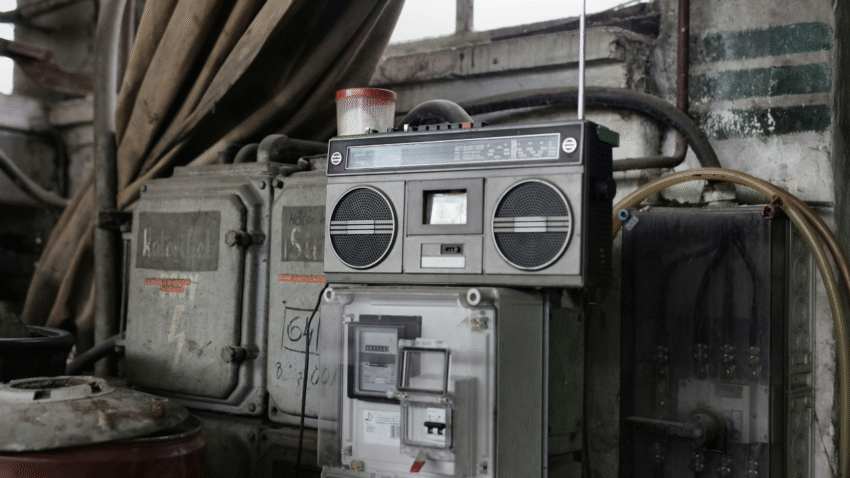Introduction
Garage floor tiles are a great way to protect your concrete, add style, and create a more functional workspace. But over time, heavy vehicles, dropped tools, or chemical spills can cause them to crack, warp, or stain. Learning how to replace damaged garage floor tiles will help you maintain a clean, safe, and professional-looking garage. With the right tools and a step-by-step process, you can swap out damaged tiles without having to redo the entire floor.
Why Replacing Damaged Garage Floor Tiles Matters
Leaving damaged tiles in place can lead to bigger problems:
- Safety – Cracked or loose tiles can cause trips or make rolling toolboxes unstable.
- Aesthetics – Damaged tiles create an uneven, worn-out look.
- Protection – Broken tiles expose the underlying concrete to oil, water, and wear.
- Longevity – Replacing single tiles prevents damage from spreading to surrounding ones.
Whether you have rigid PVC tiles, flexible vinyl tiles, or interlocking polypropylene tiles, the process is relatively straightforward with a few garage-specific tools like a rubber mallet, utility knife, and pry bar.
Step-by-Step Guide to Replacing Damaged Garage Floor Tiles
1. Identify the Type of Tile
Different tile materials require slightly different removal and installation methods:
- Interlocking PVC or Polypropylene Tiles – Snap together; often easiest to replace.
- Peel-and-Stick Vinyl Tiles – Adhesive-backed, requiring careful removal.
- Rigid or Glue-Down Tiles – May need scraping tools to detach from the floor.
Knowing your tile type helps you select the right tools and approach.
2. Gather Your Tools and Materials
- Replacement tiles (same size, material, and color)
- Rubber mallet
- Pry bar or flathead screwdriver
- Utility knife
- Adhesive remover (for glue-down tiles)
- Cleaning supplies (broom, mop, degreaser)
Tip: Keep a few spare tiles from your original installation for perfect color matching.
3. Clear the Work Area
Move vehicles, tool chests, and any other items away from the damaged section. Sweep and clean the surrounding floor so debris doesn’t interfere with the replacement.
4. Remove the Damaged Tile
For Interlocking Tiles:
- Use a pry bar or flathead screwdriver to gently lift one corner.
- Work around the edges, unsnapping it from neighboring tiles.
- Avoid bending surrounding tiles to prevent additional damage.
For Peel-and-Stick Tiles:
- Warm the tile with a heat gun or hairdryer to loosen adhesive.
- Lift one edge with a utility knife and peel slowly.
- Scrape away any leftover adhesive.
For Glue-Down Tiles:
- Use a floor scraper or chisel to lift the tile.
- Apply adhesive remover to soften stubborn spots.
- Clean the surface thoroughly before installing the new tile.
5. Prepare the Surface
Before placing the new tile:
- Sweep and mop the area.
- Remove all adhesive residue or dirt.
- Ensure the floor is completely dry to promote proper bonding or interlocking.
6. Install the Replacement Tile
For Interlocking Tiles:
- Align the new tile’s tabs with the surrounding tiles.
- Press down firmly and tap gently with a rubber mallet to lock it in place.
For Peel-and-Stick Tiles:
- Peel off the backing and position the tile carefully.
- Press firmly from the center outward to eliminate air bubbles.
For Glue-Down Tiles:
- Apply fresh adhesive evenly using a trowel.
- Position the tile and press it down firmly.
- Allow adhesive to cure according to manufacturer instructions.
7. Inspect and Adjust
Check that the new tile is level with the surrounding tiles and fully seated. Wipe away any adhesive squeeze-out before it hardens.
8. Resume Use After Curing (If Applicable)
For glue-down or adhesive tiles, avoid driving on or placing heavy items on the new tile until the adhesive has fully cured (usually 24–48 hours).
Common Mistakes to Avoid
- Using the Wrong Replacement Tile
- Problem: Mismatched size or material causes unevenness.
- Solution: Always use the exact same type and thickness.
- Skipping Surface Prep
- Problem: Dust or debris prevents proper adhesion or interlock.
- Solution: Clean thoroughly before installing the new tile.
- Forcing Interlocking Tiles
- Problem: Can damage connecting tabs.
- Solution: Align carefully and tap gently with a mallet.
- Not Removing All Old Adhesive
- Problem: Causes bumps or prevents a strong bond.
- Solution: Use adhesive remover and scrape until smooth.
- Ignoring Manufacturer Instructions
- Problem: Can void warranties or shorten tile life.
- Solution: Follow installation guidelines for your specific tile type.
Extra Garage Tips & Hacks
- Keep Spare Tiles on Hand – Buy extra during initial installation for future replacements.
- Use Floor Mats in High-Wear Areas – Protect tiles under workbenches, toolboxes, and vehicle tires.
- Apply a Garage Floor Sealant – Adds durability and makes cleaning easier.
For more flooring advice, check out our guide on how to maintain garage floor tiles for maximum lifespan so you can prevent damage before it starts.
Conclusion
Replacing damaged garage floor tiles is a simple maintenance task that keeps your garage looking sharp and functioning well. By identifying the tile type, using the correct tools, and following a step-by-step process, you can make a seamless repair without redoing the whole floor.
Pro Tip: Inspect your garage floor quarterly to catch damage early—small fixes now prevent larger, more expensive repairs later. Bookmark this guide so you’ll always know how to keep your garage floor in top condition.
